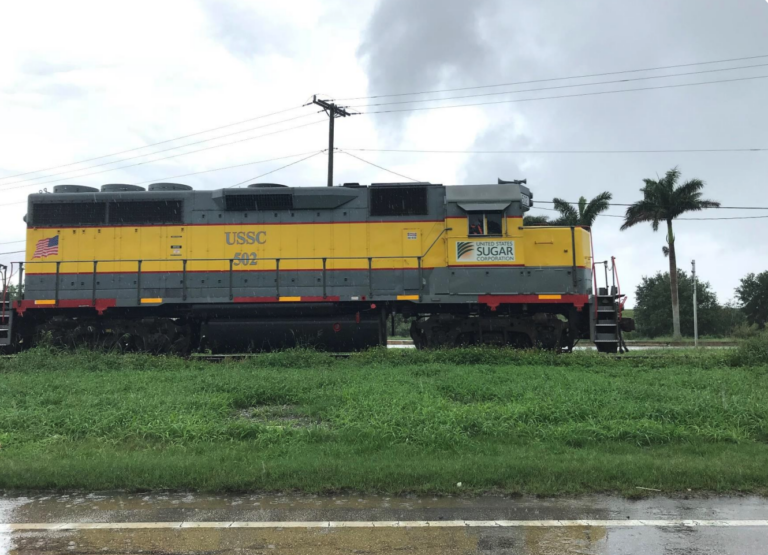Resources

Regional Mapping of Trafficking and Vulnerable Migrants’ Routes: Collective CSO Data on Migration Journeys in Central Asia
The Safe Migration in Central Asia Project (SMICA) is a five-year program funded by USAID and implemented by Winrock International (WI). The project aims to increase the capacity of all stakeholders to meet their mutual responsibilities, so they are more self-reliant in their efforts to prevent human trafficking and forced labour, protect victims of human […]
Practices in TIP Data: Assumptions and Misconceptions
In this report, we wanted to collect these assumptions to clarify the difficulties surrounding the collection of trafficking case data. We hope this report will demonstrate that even basic assumptions cannot be taken for granted. In the area of data collection in trafficking, we believe the field is still at its nascent stage in terms […]
Cambodia-Thailand Seasonal Migration Research Policy Brief
Despite Thailand’s heavy reliance on a seasonal work force of Cambodian workers in multiple sectors in the eastern Special Economic Zones, this seasonal mode of labor migration remains opaque to workers leading to high cost of migration and their access to social protection remain limited.
Carbon Assessment of the Everglades Agricultural Area
Winrock International is providing The Everglades Foundation with assistance to estimate annual greenhouse gas emissions from lands cultivated for sugarcane in the Everglades Agricultural Area, which is dominated by sugarcane cultivation. This includes emissions from land preparation, management, harvest, and transportation of sugarcane, as well as the emissions from rotational crops grown on fallow sugarcane […]
USDA Local Food Purchase Assistance Program: Initial Impacts, Opportunities and Recommendations
This report outlines the initial impact of the USDA’s Local Food Purchase Assistance Program (LFPA). Through partnerships with state agencies, and territory and tribal governments, this innovative new program is investing more than $864 million into local communities and regional agriculture value chains in just three years. The novel federal procurement program is expected to […]
Advocacy Brief: Migrants’ Prohibited Jobs During and After the COVID-19 Pandemic
In 2019, the Royal Thai Government issued the “Ministry of Labor’s Ministerial Regulation on the Jobs the Foreigners Cannot Hold,” updating the list of jobs entirely or partially prohibited to foreigners in Thailand. To better understand the effects this regulation has had on migrant workers in Thailand, the USAID Thailand CTIP Activity conducted a qualitative […]
Solarizing Community Water Pumps
Winrock’s Solarizing Community Water Pumps project is giving communities a new option for solarizing existing diesel pumps without depending on grant funding. Under Winrock’s model, a local private solar vendor covers the costs of installing the solar pump and gets paid back by the community over time. The terms of agreement are spelled out in […]
Cambodian Seasonal Migrant Workers in Thailand Research Report
This research report seeks to explore the current policies and practices regarding Cambodian seasonal migrant workers in Thailand. For the purpose of this research, seasonal migrant workers (SMWs), are defined as migrants who work in Thailand’s border provinces in an episodic, and non-continuous manner, and is not limited to a specific work sector, legal status, […]
FSTIP Newsletter Issue 1
The five-year (July 2021 – June 2026) Fight Slavery and Trafficking- In-Persons (FSTIP) project is the culmination of a 12-year partnership between Winrock, USAID, and Bangladesh’s government and civil society to pioneer and expand interventions to combat trafficking in persons (TIP) and child marriage (CM). Our joint success enabled the government of Bangladesh (GOB) to […]
